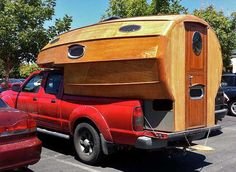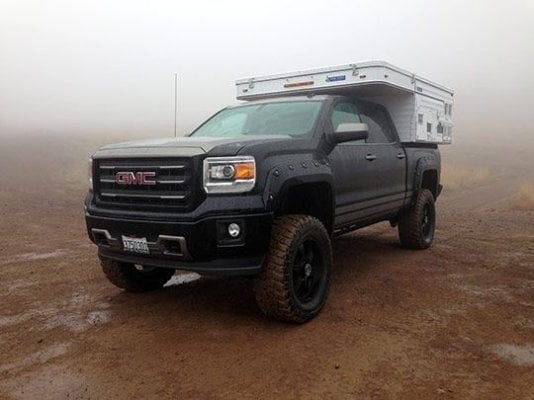crumbs
Advanced Member
I'd appreciate your thoughts on the following.
Assuming two different campers:
One weighs 350lbs LESS, with approximately 13 sq ft MORE frontal area exposed to the air-stream than the heavier camper. Assuming speeds no greater than 65mph I think the lighter unit would be an advantage to me, considering the payload of the truck will be close to its limits.
Pictures not of units involved in topic
I wish I could delete this entire message. You folks are in a different league than me, making my questions less important here. Sorry. I have to look for a different forum.
Assuming two different campers:
One weighs 350lbs LESS, with approximately 13 sq ft MORE frontal area exposed to the air-stream than the heavier camper. Assuming speeds no greater than 65mph I think the lighter unit would be an advantage to me, considering the payload of the truck will be close to its limits.
Pictures not of units involved in topic
I wish I could delete this entire message. You folks are in a different league than me, making my questions less important here. Sorry. I have to look for a different forum.


